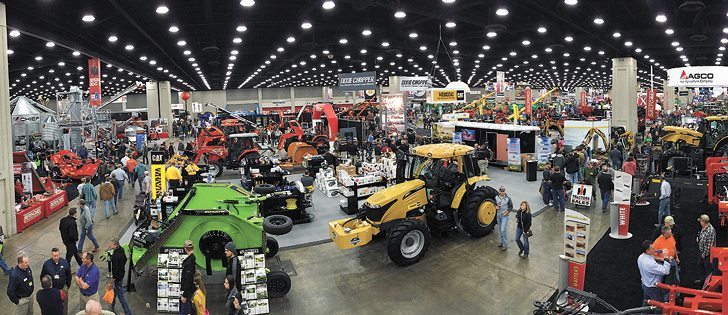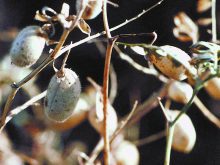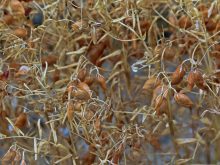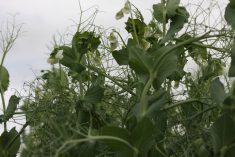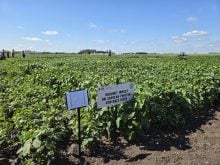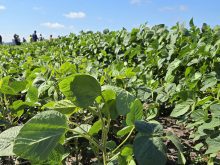LOUISVILLE, Ky. — Farm machinery and the farmer are inextricably linked, so any talk of what might happen in the implement industry ultimately leads down a dusty road back to the farm.
Charlie O’Brien, who heads the Association of Equipment Manufacturers’ agriculture division, remembers what happened in the United States after the last period of great farm prosperity ended in the 1980s, when farm machinery companies consolidated and many dealers closed.
“I was on the road, selling farm machinery then. One week I would be making a deal with what appeared to be very successful dealers, some had built some real Taj Mahals, and a few weeks later come back to make arrangements for delivery and they were gone,” he said during a panel discussion at the American Society of Agricultural and Biological Engineers’ annual farm equipment meeting.
Read Also
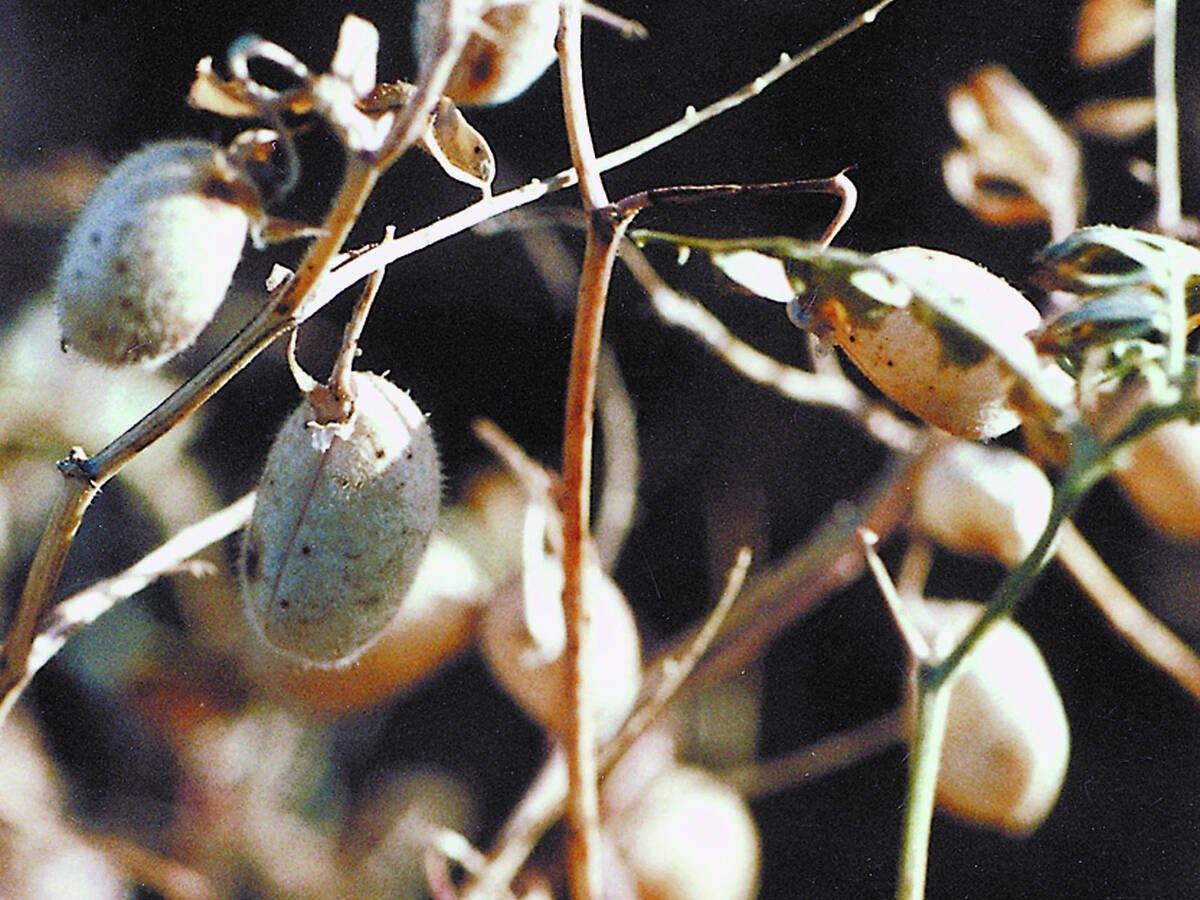
Chickpea harvest forecasts see big disparity
Chuck Penner is forecasting 345,000 tonnes of chickpeas but a trader thinks the real number is closer to 500,000 tonnes.
“That hasn’t happened as much this time, and the fall, I believe, has been much further and faster.”
Jim Walker, who heads Case IH’s agriculture efforts in North America, agreed that today’s dealers were better prepared for the party to end, despite the hangover of late-model used equipment that has been cluttering up their lots.
“That is improving, and we are seeing some light at the end of that tunnel,” he said.
“There are open spaces starting to show up on (dealers’) lots, even with (articulated 4WD) tractors and (Class 8 and below) combines.”
Walker, who chairs the AEM’s ag sector board, said large sprayers, larger planting and seeding equipment and the biggest combines are harder to sell.
“Sales fell off 50 percent on combines and high horse power tractors in one season … and we might still see a further retreat for 2016,” he said.
Equipment sales are also slowing in the U.S. livestock sector.
O’Brien said manufacturers have adjusted to the current situation, and 2016 budgets and staffing are right for the times.
“We adjusted to the largest shift up and down better than one might imagine,” he said.
Leif Magnusson, who heads German manufacturer Claas for the Americas, said the ad hoc U.S. accelerated tax depreciation, known as Section 179, might have increased equipment trading and contributed to the instability in that industry.
“It has been made permanent Dec. 15 ($500,000 to $2 million purchases are covered with a further, annually declining 50, 40 and 30 percent bonus depreciation as well) and farmers can now plan on it and it will help level off the behaviour,” he said.
Magnusson said a 50 percent drop in Lexion combine sales since 2013 was buoyed by forage equipment sales, but a 56 percent drop in farm income for 2015 will make sales challenging.
“They don’t have to buy. We have to make the purchase’s technology pay for itself,” he said.
Linda Salem, president of Great Plains Manufacturing, said she believes her business is headed back to “the old normal” with sales similar to what they were before 2011.
“But that means higher than they are now, and that is what we are planning for,” she said.
John Phipps, a retired farm broadcaster who farms 2,100 acres in Illinois and writes for the Farm Journal publications, said large operators might get into problems later this year.
“And among that group, there will be some significant turnover, and dealers and manufacturers should be prepared for that,” he said.
Phipps said most producers who have not been buying equipment will be starting to shop in the next couple of years.
“The downside is that most of this stuff is so well built these days that 2,000 hours on a combine or 5,000 on a tractor is no reason to trade it off.”
Maury Salz of Kondex, a supplier of parts to most of the larger manufacturers, said the slower period is giving his company time to retool and prepare for the next wave of sales.
“It looks like the market won’t be as stable as it once was, but we have to prepare for that, too,” he said.
O’Brien agreed, saying farmers will plant as many acres as they normally do, and inputs and seed will still need to go in the ground.
“We all have to eat,” he said.
“The (food commodities markets) might have deeper troughs, but overall this a pretty cool industry, and farmers, and those who serve them, will see this through to the other side pretty well.”
Contact mike.raine@producer.com

